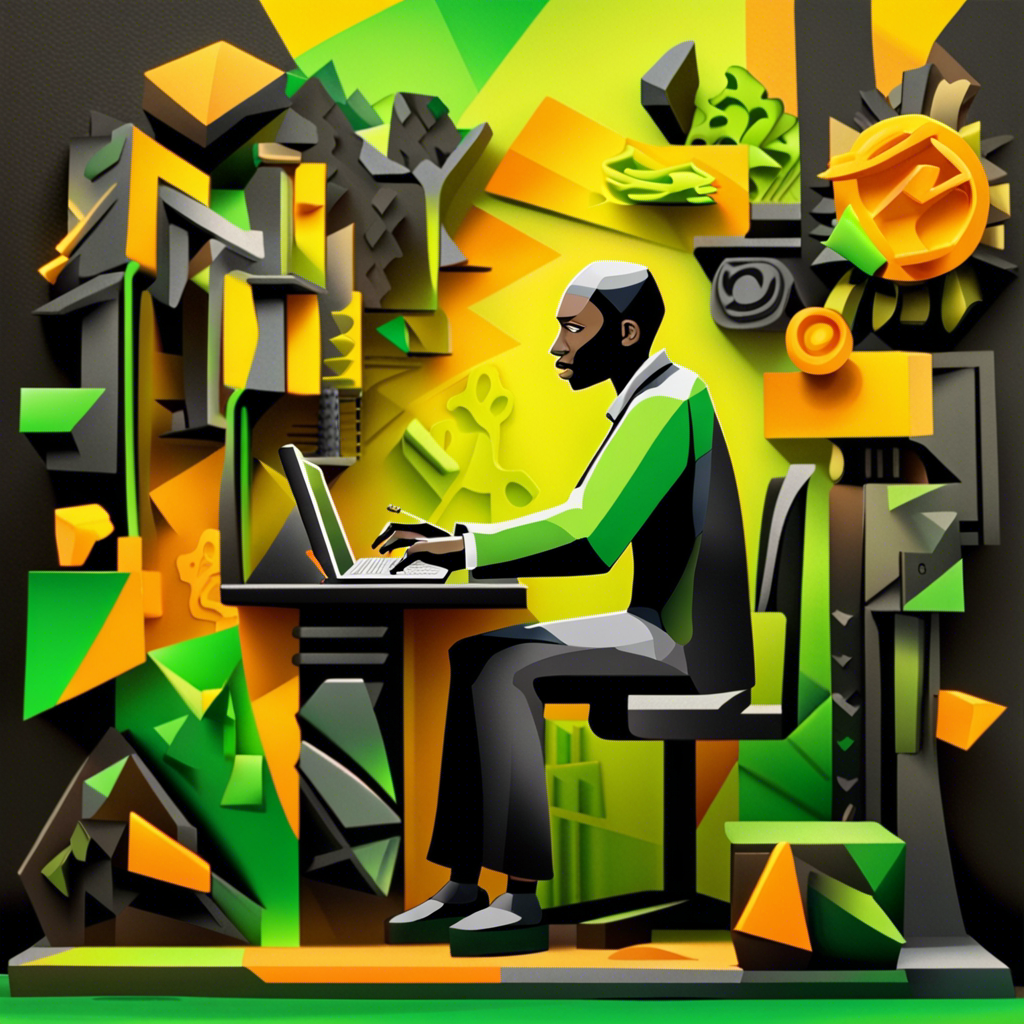Hey there, aspiring entrepreneur!
Are you ready to take your online business to the next level? As someone who’s been in your shoes and has managed to create a thriving online income, I know firsthand that success starts with your mindset. That’s right before you dive into the nitty-gritty of SEO, content creation, and marketing strategies, you need to develop a winning mental attitude.
Now, I know what you might be thinking: “Mindset? Isn’t that just some fluffy self-help nonsense?” Trust me, it’s not. Your mindset is the foundation upon which you build your entire business. Without a strong, resilient, and growth-oriented outlook, you’ll find yourself struggling to overcome the inevitable challenges and setbacks that come with being an online entrepreneur.
So, what does a winning mindset look like? First and foremost, it’s about embracing a growth mentality. This means viewing obstacles as opportunities to learn and improve, rather than as insurmountable roadblocks. It’s about understanding that failure is not a reflection of your worth, but rather a chance to refine your strategies and come back stronger.
One of the key components of a growth mindset is setting clear, achievable goals. When you have a specific target to aim for, it’s easier to stay focused and motivated. Break your big, audacious goals down into smaller, manageable steps. Celebrate each milestone along the way, and use them as fuel to keep pushing forward.
Another crucial aspect of a winning mindset is maintaining a positive outlook. This doesn’t mean being blindly optimistic or ignoring reality. Instead, it’s about choosing to focus on the opportunities and solutions, rather than dwelling on the problems. Surround yourself with positive, supportive people who believe in your vision. Engage in activities that bring you joy and help you recharge, whether that’s exercise, meditation, or spending time in nature.
Now, here’s something that might surprise you: embracing vulnerability is a key part of developing a winning mindset. As online entrepreneurs, we often feel pressure to present a perfect, polished image to the world. But the truth is, authenticity and vulnerability are what truly connect us with our audience. Don’t be afraid to share your struggles, your doubts, and your journey. People are drawn to realness, and by showing up as your true self, you’ll build trust and loyalty with your customers.
Of course, developing a winning mindset isn’t just about pushing yourself to the limit. It’s also about recognizing the importance of rest and recovery. Burnout is a real threat for online entrepreneurs, and it can quickly derail your progress. Make self-care a non-negotiable part of your routine. Get enough sleep, eat well, and take breaks when you need them. Remember, a sustainable business requires a sustainable approach to your well-being.
Finally, don’t underestimate the power of community. Surrounding yourself with like-minded entrepreneurs who understand your journey can be a game-changer. Seek out mentors who have achieved the kind of success you aspire to. Join mastermind groups or online communities where you can share ideas, get feedback, and offer support to others. Collaboration and partnerships can open up new opportunities and help you grow your business in ways you never imagined.
Speaking of community, have you heard of Wealthy Affiliate? It’s an incredible platform that not only provides top-notch training in affiliate marketing but also fosters a thriving community of entrepreneurs. When I first started my online journey, Wealthy Affiliate was my go-to resource for learning the ropes and connecting with other driven individuals. The support, encouragement, and practical guidance I received there were instrumental in helping me develop the mindset and skills I needed to succeed.
So, are you ready to unlock your potential and master the mindset for online success? Start by implementing these strategies and surrounding yourself with the right people and resources. And if you’re serious about taking your affiliate marketing game to the next level, I highly recommend checking out Wealthy Affiliate. Trust me, it’s an investment in yourself and your future that you won’t regret.
Remember, your mindset is your most powerful asset as an online entrepreneur. Cultivate it, nurture it, and watch as it propels you toward the success you’ve always dreamed of. You’ve got this!







